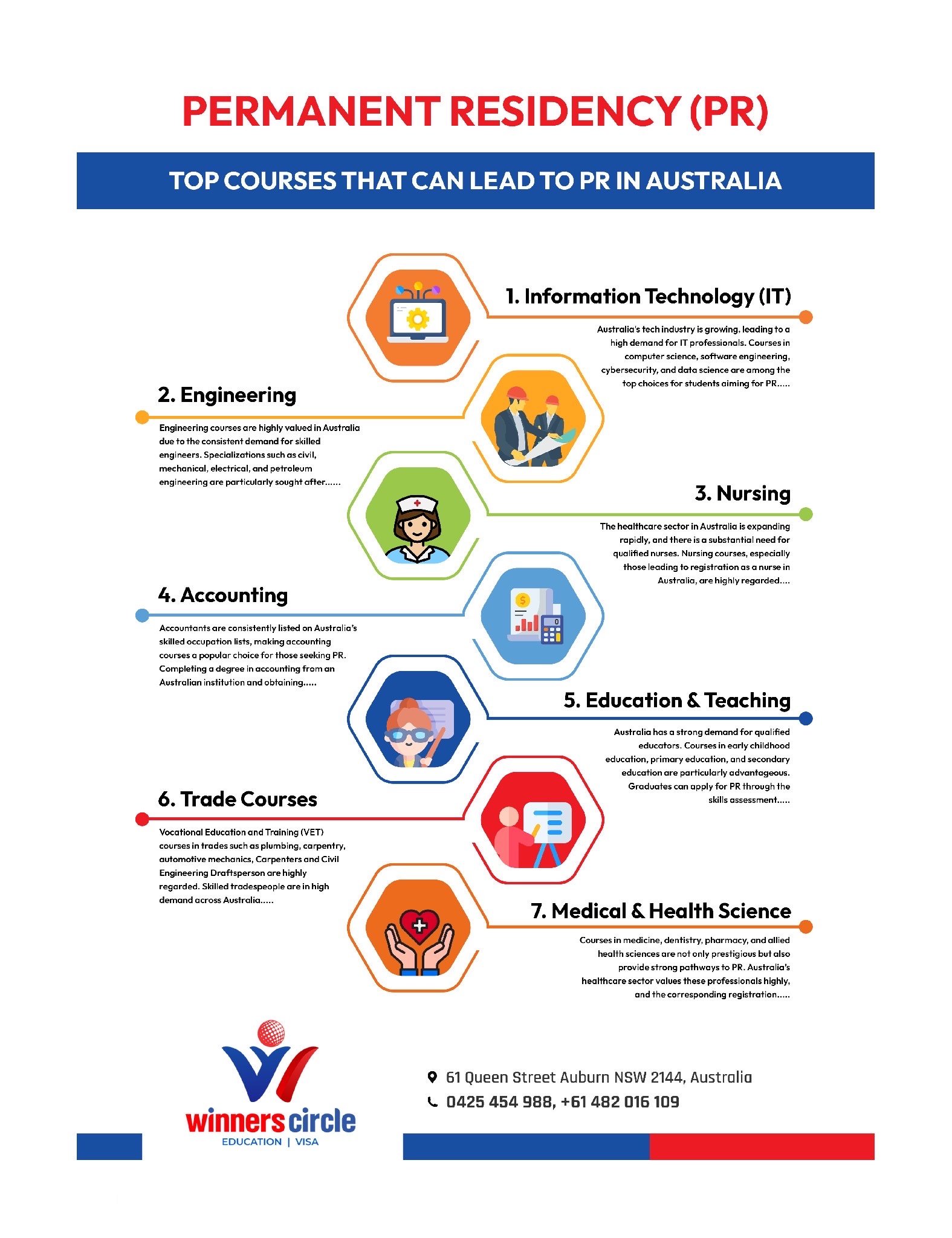Embarking on a journey of higher education as an international student can be both exciting and daunting. With the multitude of options available, from courses and institutions to visa requirements and cultural adjustments, it’s crucial to have a comprehensive understanding of the process. In this article, we’ll delve into the essential aspects of navigating higher education for international students, backed by facts and figures to provide valuable insights and guidance.
Choosing the Right Course and Institution:
According to recent data from the Institute of International Education, the United States, the United Kingdom, Australia, Canada, and Germany are among the top destinations for international students. Understanding the strengths and specialties of each country’s education system can help students make informed decisions. For instance, Australia is renowned for its excellence in fields such as engineering, medicine, and business, while the UK boasts prestigious institutions with a strong emphasis on research and innovation.
When selecting a course and institution, factors such as academic reputation, program offerings, faculty expertise, and campus facilities should be considered. Utilizing rankings from reputable sources like QS World University Rankings and Times Higher Education can provide valuable insights into the quality and reputation of institutions and programs.
Navigating Visa Requirements:
Visa requirements vary depending on the destination country and the duration of study. For example, in the United States, international students typically apply for an F-1 visa for academic studies, while in Australia, the Student Visa (subclass 500) is commonly used for higher education programs. It’s essential to familiarize oneself with the visa application process, including required documents, financial proof, and health insurance obligations.
According to the latest data from the US Department of State, there has been a steady increase in the number of student visas issued in recent years, highlighting the growing demand for international education. However, changes in immigration policies and visa processing times can impact students’ plans, underscoring the importance of staying informed and proactive throughout the visa application process.
Adapting to a New Academic Environment:
Transitioning to a new academic environment can pose challenges for international students, including language barriers, cultural differences, and academic expectations. Data from the British Council indicates that over 50% of international students experience some form of culture shock upon arrival in their host country.
To ease the transition, many institutions offer orientation programs, language support services, and cultural integration activities to help international students acclimate to their new surroundings. Additionally, seeking support from academic advisors, peer mentors, and student organizations can provide valuable assistance and foster a sense of belonging within the university community.
Navigating higher education as an international student requires careful planning, research, and adaptability. By understanding the nuances of course selection, visa requirements, and cultural adjustments, students can make informed decisions and maximize their academic and personal growth opportunities abroad. Armed with the facts and figures presented in this article, international students can embark on their educational journey with confidence and determination.





